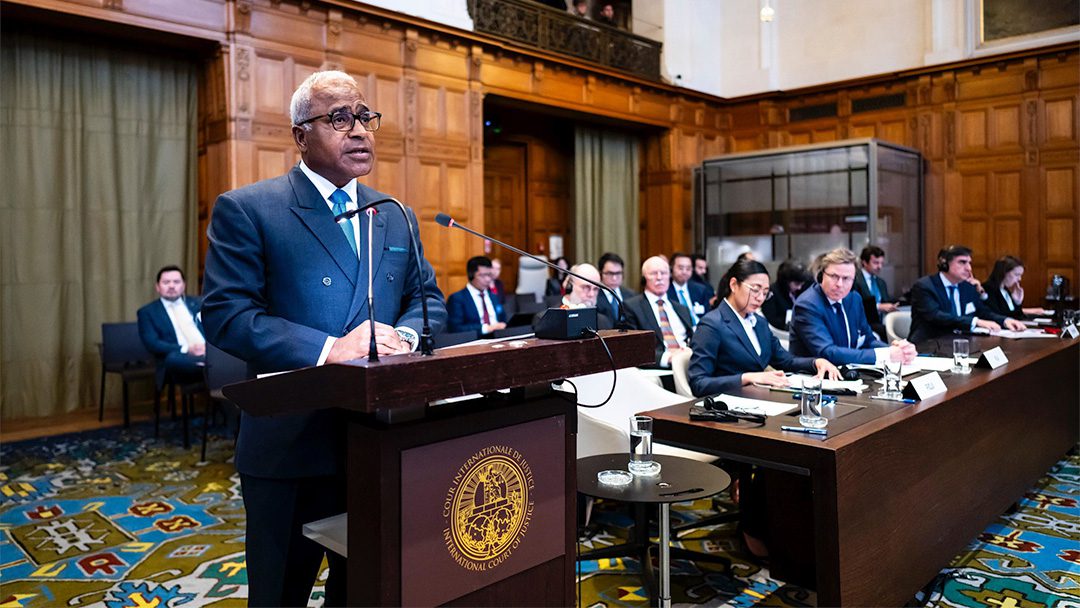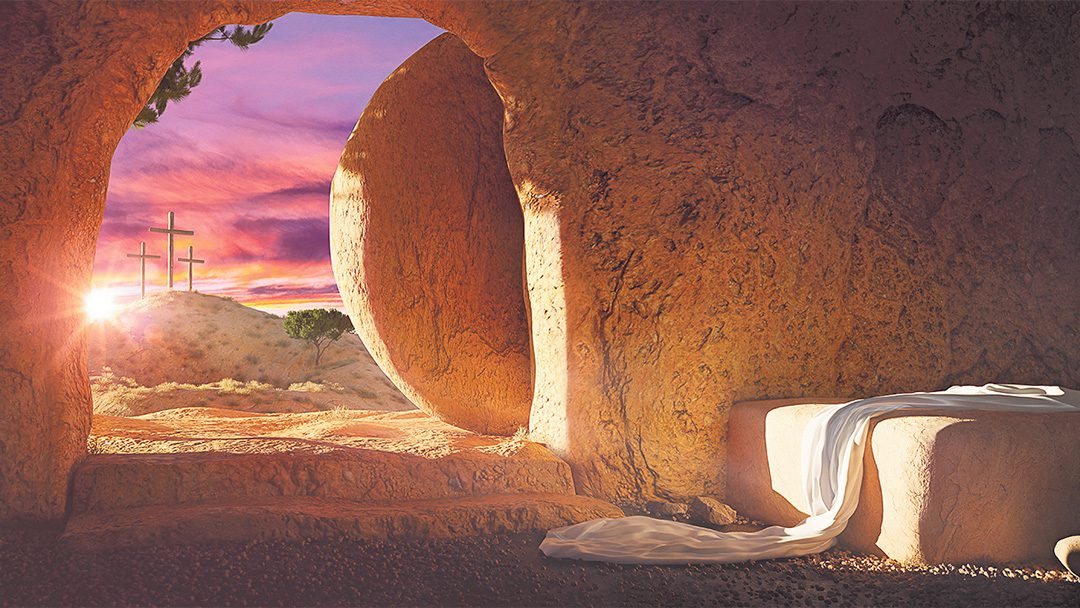We are all familiar with the 1967 Six Day War in Jerusalem and what transpired.
Jerusalem was partitioned between Israel and Jordan after the 1948 War. Then came the Six Day War and Israel captured the Jordanian sector. This included the historic and sacred walled Old City and the Mount of Olives. Many of the Biblical sites are located in these places. At the end of June 1967 Israeli law was applied to eastern Jerusalem, meaning it was annexed to the Jewish state. Then in 1980, the Basic Law of Jerusalem as the eternal and indivisible capital of Israel was passed by the parliament, the Knesset.
All of this is well known.
Yet, what is overlooked is that there was a gradual change in an age-old phenomena called Christian pilgrimage to Jerusalem. Like a flowing river, foreign Christians have been coming to the holy city almost from the very beginning of the church age. After 1967, the demographics and numbers of pilgrims would change, slowly but surely.
The first bona fide known Christian visitor who left a record of his journey was Melito of Sardis in the second century AD. Then the Christianisation of the Roman Empire and of Jerusalem caused a spike in visits, starting in the 4th Century AD. At that time Jerusalem went from being a heathen city called Aelia Capitolina to a Christian holy city. Famous pilgrims of that period included Egeria and the anonymous pilgrim of Bordeaux.
Throughout the later centuries the ‘river of Christian pilgrimage’ continued to flow, regardless of who was in charge at the time and despite the risks. Since the fall of the second temple in AD 70, Jerusalem has been occupied by the Romans, Byzantines, Persians, Arabs, Fatimids (Egypt), Seljuk Turks, Christian Crusaders, Ayyubids, Mamluks (Egypt), Ottomans (Turkey), British, and Jordanians. Since Israel took firm control of Jerusalem, what happened to the ‘river?’ This series will address that question.
…there is evidence numbers will continue to grow for Israel… because of the… growing global spiritual awakening.
Long before the advent of modern international ‘mass tourism,’ religious pilgrimage has been one of the prime motives for travel. This is especially true of the Middle East and the Bible lands, which are at the historic centre of monotheism.
By international standards, tourist arrivals to Israel are still modest, for example, 2.9 million arrivals in 2016, contrasted with 8.3 million in ‘far-away Australia,’ 30.3 million to Turkey, and a whopping 82.6 million to France (the USA had 75.6 million arrivals). Yet, there is evidence that numbers will continue to grow for Israel and the neighbouring countries, in part because of the thriving tourist industry working in tandem with a growing global spiritual awakening.
Some issues we want to explore is in this series of articles include:
- How have Christian visits to Jerusalem changed since the 1967 war?
- What do we mean by ‘pilgrim’ and ‘pilgrimage,’ especially contrasting it with ‘tourism?’
- And are Christian visitors to Jerusalem and Israel ‘pilgrims’ or ‘tourists’
or both?
Why Do Christians Visit Jerusalem?
Christians have been interested in visiting Jerusalem since the First Century AD. This is somewhat remarkable considering the apparent trend towards ‘de-territorialisation’ found in the New Testament and patristic writings. In the Old Testament, the men of Israel were commanded to appear before the LORD three times a year for the pilgrimage feasts of Passover (Feast of Unleavened Bread), Pentecost (Feast of Weeks), and Tabernacles (Deuteronomy 16:16).
Yet, Jesus Christ in the New Testament says:
“…the hour cometh, when ye shall neither in this mountain, nor yet at Jerusalem, worship the Father…God is a Spirit: and they that worship Him must worship Him in spirit and in truth.” – John 4:21,24 KJV
In other words, Now, the Lord says it does not matter where you worship God, only how.
Unlike Old Testament Judaism or Islam, there are no divine or apostolic commands that Christians must visit Jerusalem or holy sites. Like the patriarchs, Christians look for another city, a heavenly one (Hebrews 11:16). The earthly Jerusalem is in bondage to her children but the heavenly Jerusalem is free and mother of us all (Galatians 4 :25-26). Historically Christian rule over Jerusalem constituted less than 17% of the city’s history since the time of Christ two thousand years ago.
Despite these factors, many Christians are interested in visiting Jerusalem and the Holy Land (of all Christians who visit Israel, especially on a first visit, 99% will visit Jerusalem?) Why do a growing number of modern Christians travel to the Middle East – considered a war zone – and visit the city many consider the heart of the Arab-Israeli conflict?
Theology provides the most important reason. Jerusalem is the stage for redemption in Christ, where His suffering and death took place (Luke 18:31-33). The major events of Christ’s passion occurred here. Biblical eschatology plays a significant role in the attitude of many Christians toward Jerusalem. There are great similarities between classic Jewish eschatology and Christian eschatology, except that the Christian sees the coming of the Messiah as the Second Coming of Christ, with Jerusalem as the ultimate destination. For Christians the Holy City serves as the setting for the foundational events of the faith and the intersection of heaven and earth, temporal and eternal, carnal and spiritual.
Add to this the fact that there is 2,000 year old historical association between the Church and the Holy City. This is not to suggest that every Christian has a burning passion to visit Jerusalem, but the many who do visit come from a variety of denominational and theological perspectives.
To be continued.












0 Comments